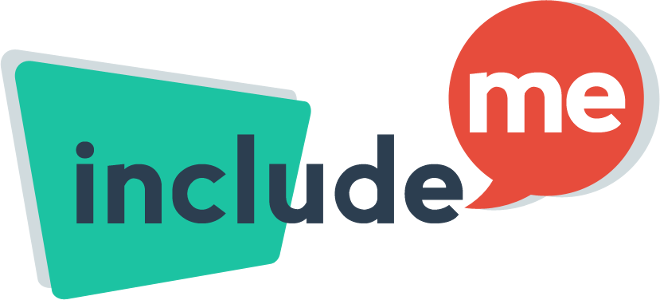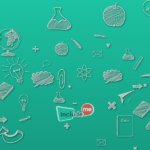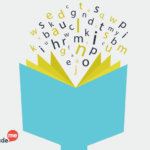Early school leaving (ESL) has been increasingly recognised as one of the main challenges faced by European societies. For the majority of young people, leaving education and training prematurely is both a result of educational, psychological and social problems and a cause of continuous social insecurity. European education and training systems lose hundreds of thousands of young people each year, who are then equipped with inadequate skills for later life.1
The importance of non-formal and also non-academic education for reducing ESL is uncontested. Opening the school to educators other than teachers can help to overcome reluctance towards education as well as developing better cognitive and emotional abilities and a sense of belonging.
Different, innovative and participative methods adapted for different learning styles of students have been proven way to keep young people in schools, keep them interested for the very process of learning and improve their learning outcomes and achievements.
By creating new system and methods that will equally engage students with poor performance, and students at risk, we are creating a totally new approach to learning and combining formal and non-formal learning.
This tool kit is based on a combination of active learning techniques and exercises 2and is meant to engage the participants in the entire learning process. Activities are designed to help participants reinforce a number of soft skills that they would seldom acquire elsewhere, such as self-esteem, personal goal setting, problem solving, decision making, understanding and managing emotions, etc.
It helps participants to understand the type of learners they are, to boost their self-esteem, to understand which jobs they would want to do, search for available jobs, interview for such jobs, and acquire some of the necessary skills to identify alternative options for their future.
Methods from this manual can also be used as independent from each other, and it is up to the facilitator to combine them based on the participants’ needs. Times of the sessions are suggestions to the facilitator and can also be treated as provisional, depending on the facilitator and the group’s needs and dynamics. Manual is split in six chapters. First chapter is more general, exploring various alternative methods of working with young people with poor performance and presenting some of the best practices. Chapters 2-6 contain some of the practical classroom/workshop methods that can be used when working young people.
Each method can be adapted to the specific group needs and includes notes for the facilitators and some tips.
Everything else is left up to the creativity and personal teaching style of the facilitator (teacher, youth worker, educational practitioner, or a peer mentor).
This tool kit can be used by youth workers, teachers and any educational practitioner who work with youngsters with poor school performance or from disadvantaged communities and lacking options for adequate learning environment.
References
- COMMISSION STAFF WORKING PAPER, Reducing early school leaving, Accompanying document to the Proposal for a COUNCIL RECOMMENDATION on policies to reduce early school leaving, SEC(2011) 96 final, Brussels, 31.1.2011
- Disclaimer: Many of the proposed activities and exercises are found on the internet and are originally created by other people. We tried to quote the source wherever it was possible. Hereby we thank the original creators for their work.
- COMMISSION STAFF WORKING PAPER, Reducing early school leaving, Accompanying document to the Proposal for a COUNCIL RECOMMENDATION on policies to reduce early school leaving, SEC(2011) 96 final, Brussels, 31.1.2011
- Disclaimer: Many of the proposed activities and exercises are found on the internet and are originally created by other people. We tried to quote the source wherever it was possible. Hereby we thank the original creators for their work.








Recent tips